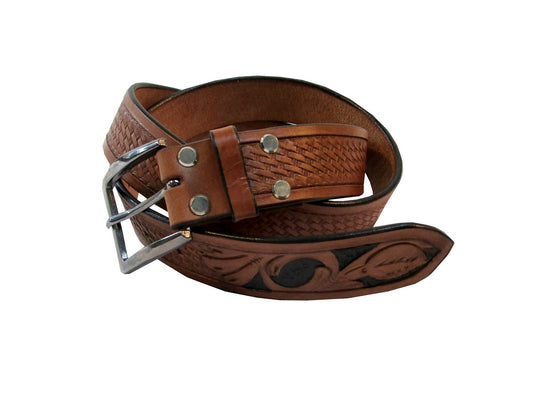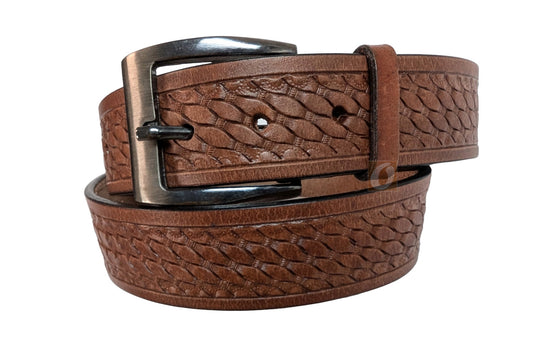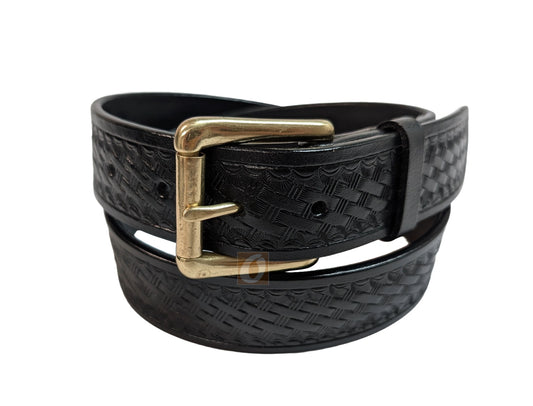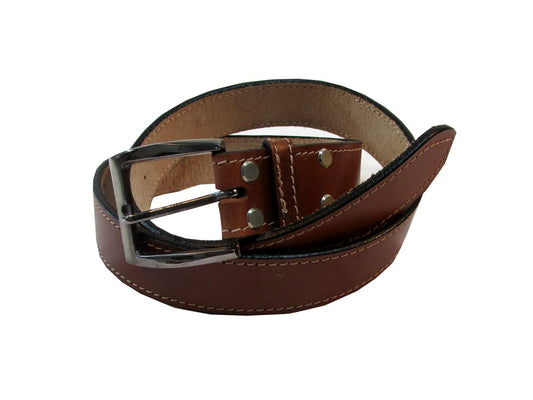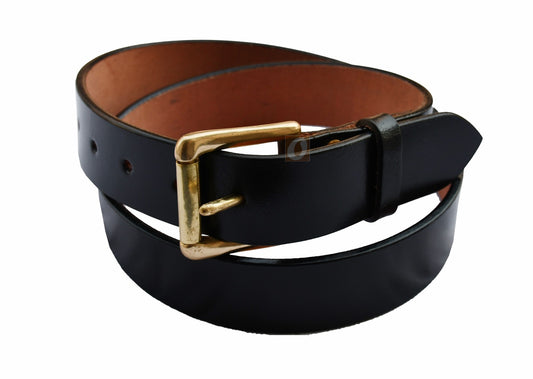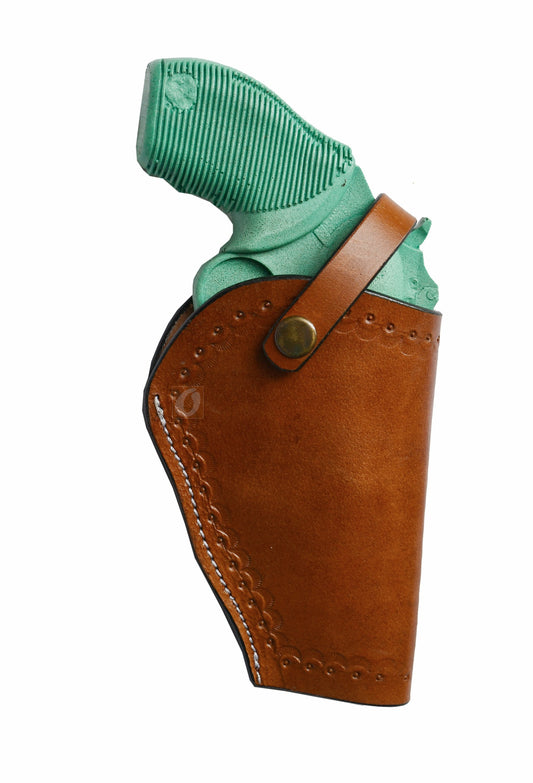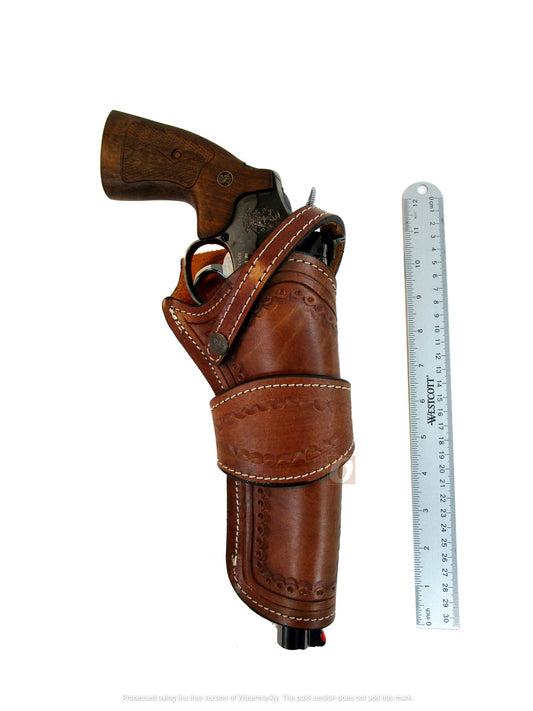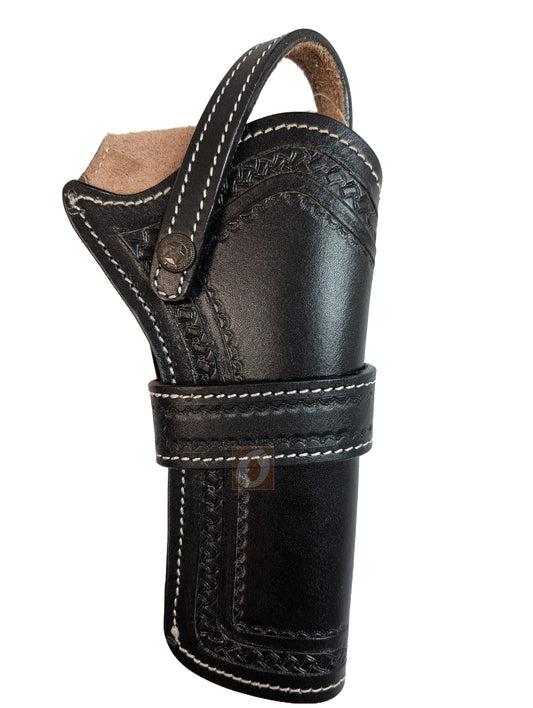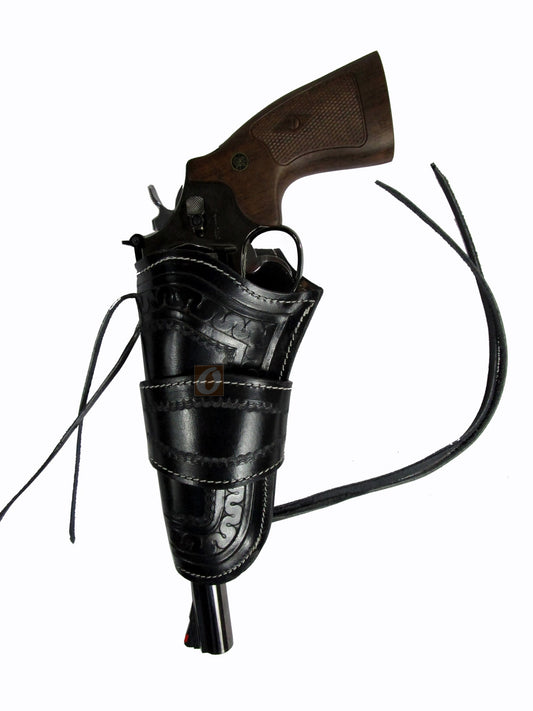The Ultimate Guide to Off-Body Carry: Choosing the Right Holster for Your Bag or Purse
Off-Body Carry Done Right: How to Choose a Safe, Fast Holster for Your Bag or Purse
Off-body carry can be comfortable and discreet—if your holster is built for it. Use this guide to set up a purse, backpack, or sling so your firearm stays secure, covered, and fast to access when it matters.
What off-body carry really means
Instead of riding on your belt, the firearm sits inside a dedicated compartment of a bag or purse. Success comes down to three things: a rigid holster that fully covers the trigger, consistent orientation (muzzle down, grip up), and a compartment that only you can reach.
Pros and cons you should weigh
Advantages
High discretion with no printing, excellent comfort, and easy integration if you already carry a purse or pack.
Trade-offs
Slower access than on-body, more theft risk if the bag leaves your control, and tighter fit constraints for smaller purses.
How to choose the right holster for a bag
1) Retention and safety first
Pick a holster with positive retention so the gun won’t shift. The trigger guard must be fully covered. For purses, consider a snap or locking mechanism and keep the holster anchored so it can’t come out with the draw.
2) Fast, repeatable access
Use an open-top or quick-release design. Train a single access path—same zipper, same pocket, every time. Practice drawing without looking until it’s automatic.
3) Fit and orientation
Choose a model molded for your firearm so the grip index is identical every draw. In the bag, fix orientation with Velcro, a rigid panel, or a dedicated holster pocket so the grip is always upright and ready.
4) Materials that hold shape
Leather adds structure and long-term comfort if it’s well-boned and retains mouth shape. Avoid soft sleeves that collapse or shift. A semi-rigid insert inside the bag can add stability.
Good holster options for off-body setups
Leather EDC holsters (molded)
Great blend of retention and comfort for daily carry in a purse or sling. Start here if you want reliable indexing with classic styling. Browse our Leather Holsters.
Crossdraw profiles (for orientation)
Crossdraw geometry can improve grip angle inside certain bags. If you ever migrate to on-body, see our Crossdraw options.
Model-specific fits
A Glock, SIG, or revolver benefits from a holster molded to that exact frame for secure retention and a predictable draw.
Bag setup and training tips
Dedicate the compartment
No keys, pens, or lipstick near the trigger guard—ever. One pocket for the firearm and holster only.
Control the bag
Wear cross-body when possible, keep a hand on the strap in public, and never park the bag on a chair or cart.
Practice the draw
Dry practice with an unloaded firearm: sweep the zipper, establish grip, clear the holster, and drive out. Time a clean 2–3 second presentation from your exact setup.
Related picks and guides
Explore more: Leather Holsters | Crossdraw | How to Choose the Right Holster | OWB vs IWB Types | Leather vs Kydex FAQs | Break-In Guide
What to do next
Set up a dedicated pocket, choose a molded leather holster with firm retention, and practice the draw from your bag. When you’re ready, pick a fit from our Leather Holsters and lock in your off-body carry with confidence.
FAQ
Is off-body carry safe?
Yes—if the trigger is fully covered, the holster is anchored, and the compartment is dedicated. The risk comes from loose items, shifting orientation, or leaving the bag unattended.
Should I use a universal sleeve?
Avoid soft sleeves that collapse. Choose a molded holster for your specific firearm so retention and grip index stay consistent.
How do I speed up access?
Standardize one pocket and one zipper pull, add a finger loop or zipper cord, and dry practice to build the same motion path every time.


